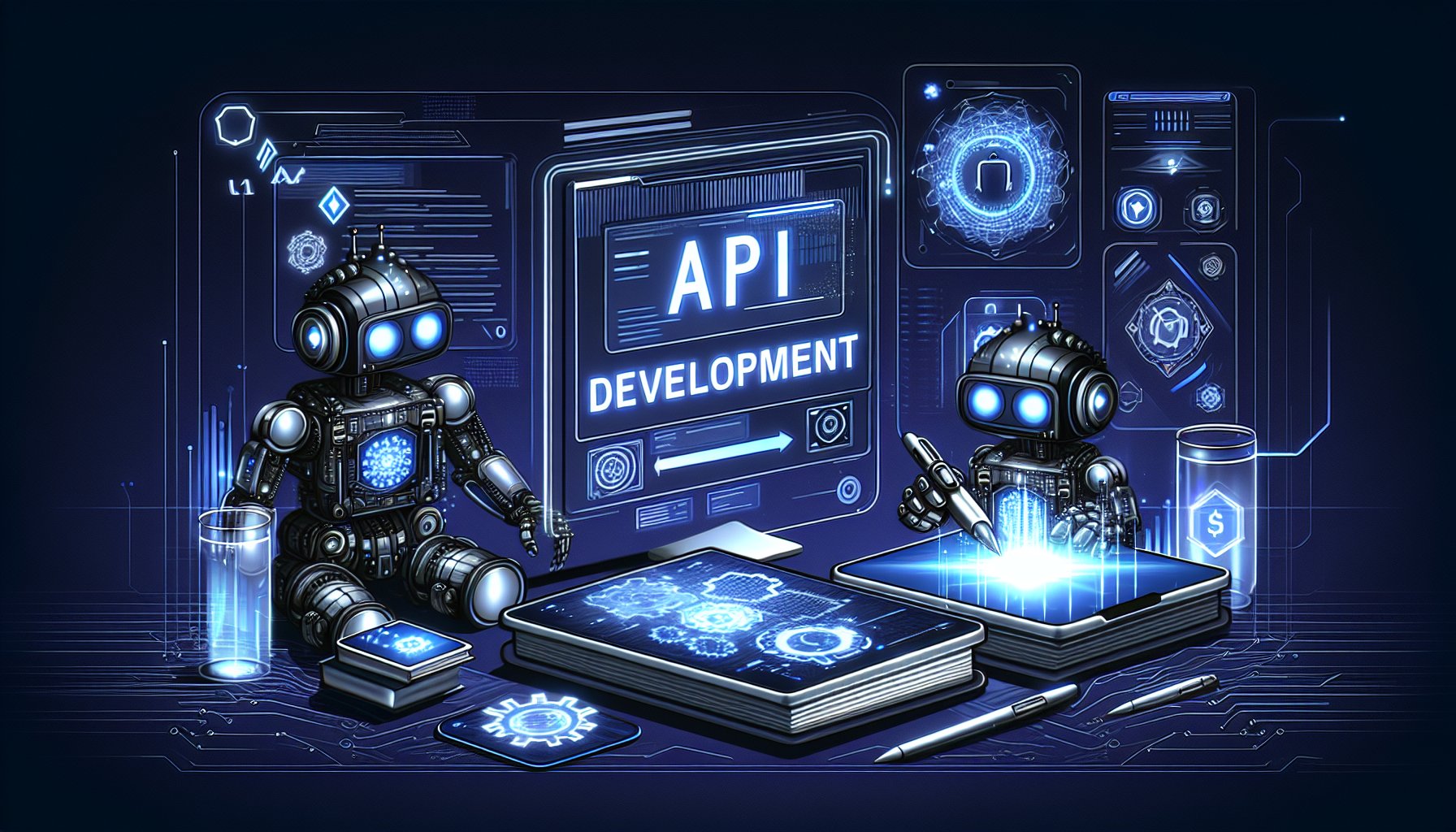Introduction
As we move further into the digital age, API (Application Programming Interface) development has become a cornerstone for businesses, enabling a multitude of applications to talk to each other, share data, and perform tasks seamlessly. With rapidly evolving technology trends, it is integral to stay updated with the latest tools, frameworks, and best practices in API development.
API Development: Current Trends and Practices
APIs have transitioned from SOAP-based services to RESTful APIs, and now to GraphQL and gRPC. GraphQL, a query language for APIs, provides an efficient and powerful alternative to REST. It enables clients to specify exactly what data they need, reduces the amount of data that needs to be transferred over the network, and simplifies the process of aggregating responses from multiple sources.
{
user(id: 1) {
name
email
friends {
name
}
}
}
gRPC, on the other hand, is a high-performance, open-source framework designed by Google. It focuses on low latency, high speed communication, and supports multiple programming languages, making it a strong choice for polyglot microservices architecture.
Microservices and Serverless Architecture
Microservices architecture has become the go-to method for developing enterprise-grade applications. It allows businesses to build highly scalable and flexible applications by dividing them into smaller, independent services. Each of these services can be developed, deployed, and scaled independently.
Serverless architecture takes this a step further by abstracting away the server infrastructure. This lets developers focus on writing code, while the cloud provider handles the underlying infrastructure. AWS Lambda, Google Cloud Functions, and Azure Functions are some popular serverless platforms.
API Security
As APIs become more prevalent, so does the need for robust API security measures. Practices like token-based authentication, rate limiting, and input validation have become standard. OpenID Connect and OAuth 2.0 are widely accepted protocols for authentication and authorization in APIs.
API Documentation and Testing
Documenting your APIs enhances their usability and maintainability. Swagger and Postman are popular tools for documenting APIs. Automated API testing is also crucial for ensuring your APIs function as expected. Tools like Postman, JMeter, and SoapUI are widely used for this purpose.
Conclusion
The landscape of API development is constantly evolving. Staying ahead of the curve requires a keen understanding of emerging technologies and a willingness to adapt to new practices. The future of API development promises even more exciting advancements, such as AI-driven APIs, real-time APIs, and more. Stay tuned and keep innovating!
